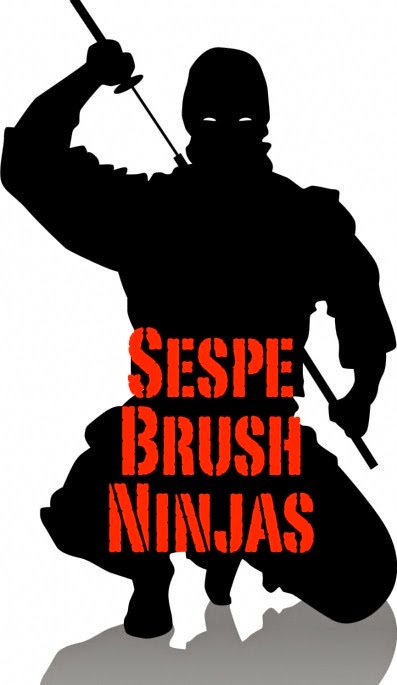




One of my favorite day hikes in the Los Padres Nat'l Forest starts above Fillmore and descends into a small watershed called Tar Creek. I hiked down there today just to relax in the sun and be by myself.
The hike isn't all that difficult and the scenery isn't very spectacular, at least not until you get to the area I call the "Land of the Lost". This stretch of canyon is unique in my So. Cal. wanderings and I've gone there at least twenty-five times.
The main highlight of Tar Creek is the four-tiered swimming holes that remain cold and clear through early summer. Some of these holes are deep enough to dive into head first from 20 ft up. The first hole has it's own 8 ft waterslide. The second hole has a waterfall that doubles as a shiatsu massager. The third is actually several small tubs and the bottom pool is a 80x30 ft swimming pool.
In the spring, especially, one can catch water-snakes and turtles. Other wildlife I have spotted from the trail include deer, snakes, swallows, wrens, ravens, hawks, a fox, a bobcat, a coyote, an owl, California condors, and even a ringtail cat. He was a cute little guy with huge eyes and ears, and a tail that was longer than his body. One time I was filling up on some water and a couple of seconds went by before I realized I'd parked within an arm length of a healthy pacific diamond-back. You want to see a man jump...
The trail is all uphill on the way out, and after leaving the creek, is waterless chapparel. There are very few trees and little shade. Spring and summer temps routinely surpass 100 degrees. I look at that hill as a kind of time-trial, to gauge my fitness. About halfway back to the trail-head lives an otherwise uninteresting scrub-oak tree that I've pruned over the years in order to cultivate one last shady stop for those really hot days. I've trimmed away all the branches up to head height on the NNW side of the tree. The results are quite satisfactory. I think I'll build a stone bench there.
The trail is all uphill on the way out, and after leaving the creek, is waterless chapparel. There are very few trees and little shade. Spring and summer temps routinely surpass 100 degrees. I look at that hill as a kind of time-trial, to gauge my fitness. About halfway back to the trail-head lives an otherwise uninteresting scrub-oak tree that I've pruned over the years in order to cultivate one last shady stop for those really hot days. I've trimmed away all the branches up to head height on the NNW side of the tree. The results are quite satisfactory. I think I'll build a stone bench there.
Numerous other and greater discoveries abound in Tar Creek Canyon and I think I know most of them, but I won't share unless you go with me. Sometimes the inquisitive mind reaps the greatest rewards.



















 In 2006 I went up the East Side Sierras to the Palisade Glacier. As always, Dave Rivas was equal partner in the venture. The goal was simple: climb four 14,000' peaks in 5 days. The execution was more complicated, and had the weather cooperated, we would have succeeded. We gave it more than just the "college try".
In 2006 I went up the East Side Sierras to the Palisade Glacier. As always, Dave Rivas was equal partner in the venture. The goal was simple: climb four 14,000' peaks in 5 days. The execution was more complicated, and had the weather cooperated, we would have succeeded. We gave it more than just the "college try".








